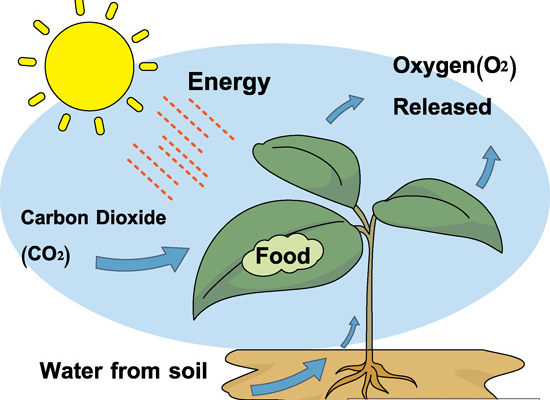What material do plants make during photosynthesis?
2 Answers
They make glucose (simple monosaccharide sugar) and a waste product (oxygen).
Explanation:
During photosynthesis, autotrophic green plants use carbon dioxide and water, along with energy from sunlight (trapping specific wavelengths in chlorophyll) and their chlorophyll to synthesise glucose and oxygen. This process can be illustrated through the following chemical and word equations:
carbon dioxide + water + energy
Glucose is then transported from the leaves to the rest of the plant as required by phloem in the vascular transport system of the plant.
During photosynthesis, plants make sugars that they use for energy and to make cellulose and starch.
Photosynthesis also produces oxygen.
Explanation:
During photosynthesis, plants trap light energy with the chlorophyll in their leaves.
Plants use the energy of the sun to change water and carbon dioxide into sugars.
These sugars are used by plants
• for energy
• to make other substances like cellulose and starch.
• Cellulose is used in building cell walls.
• Starch is stored in seeds and other plant parts as a food source.
You can find out more about this here:
http://www.nhptv.org/natureworks/nwepphotosynthesis.htm
During photosynthesis, oxygen gas is also produced.
It diffuses out of the leaves of plants and enters the atmosphere.
Here's an image of this process:
 http://data.allenai.org/tqa/photosynthesis_L_0424/
http://data.allenai.org/tqa/photosynthesis_L_0424/


